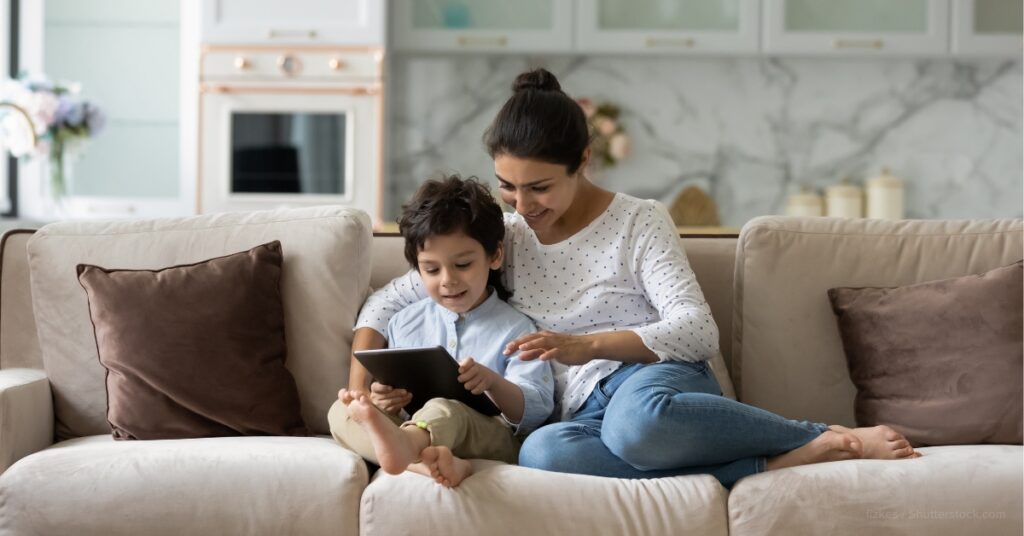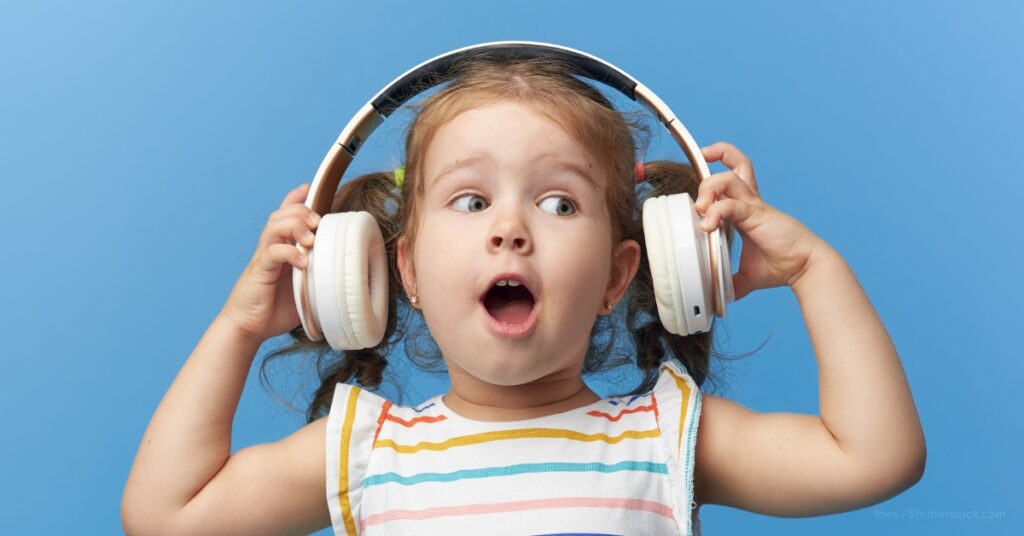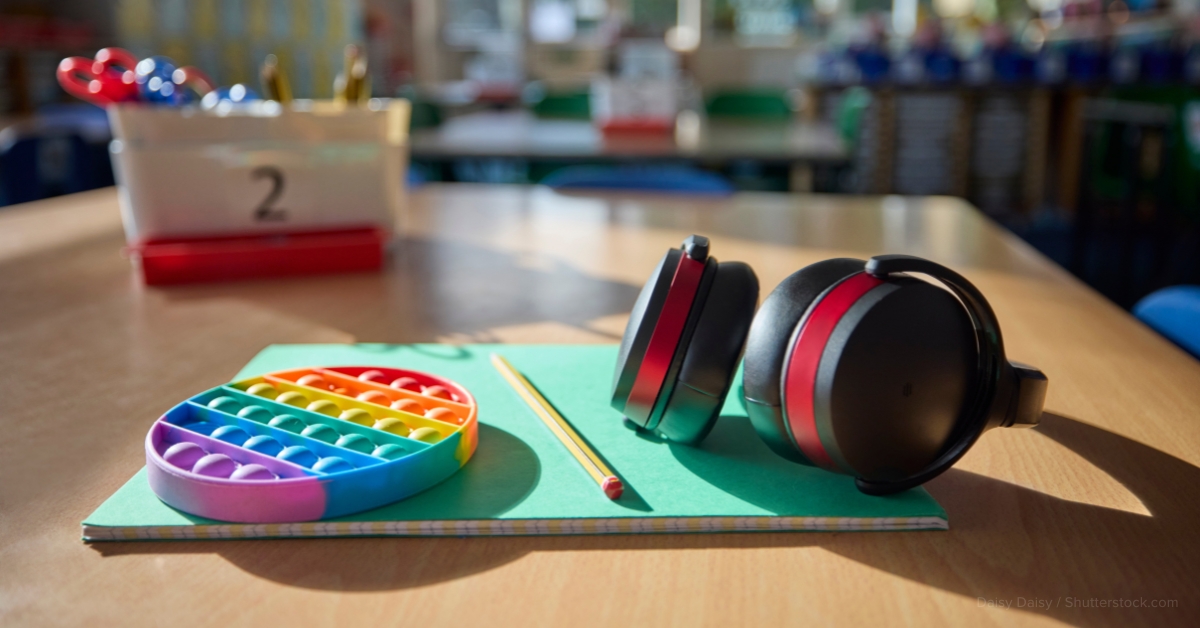Creating supportive environments for individuals with ASD relies on effectively understanding and addressing the sensory sensitivity of Autism spectrums.
Autism is a well-known disorder, yet sensory sensitivities, a common aspect of autism, often go overlooked despite their significant impact on daily life. Creating supportive environments for individuals with ASD relies on effectively understanding and addressing the sensory sensitivity of Autism spectrums. This article examines the importance of recognizing and managing sensory sensitivities in ASD to provide optimal support.
What Are Autism Spectrum Disorders?

Autism Spectrum Disorders (ASD) are a set of conditions where the brain works differently, affecting how people communicate, socialize, and behave. The term “spectrum” means there’s a wide variety of symptoms and abilities among those with ASD.
Some people with ASD can live independently, while others need lifelong support. Additional conditions like epilepsy and anxiety are common in those with ASD. Despite clear evidence, misunderstandings about ASD persist, leading to stigma and barriers to accessing help and acceptance.
Sensory sensitivities are prevalent in ASD and affect how individuals experience the world. These sensitivities can be overreactive (hypersensitivity) or underreactive (hyposensitivity) to things like sound, touch, or smell. This can lead to avoiding or seeking out certain sensations. Sensory overload, when too much sensory information becomes overwhelming, is a common challenge for many with ASD. This sensory overload can affect their ability to focus and engage in activities, including speech and language development. Sensory sensitivity of autism spectrums can also affect oral motor skills involved in speech production. The overwhelming sensory input may disrupt their concentration, making it challenging to attend to speech sounds, form words, or communicate effectively.
How Does Speech Therapy Work for Sensory Sensitivity of Autism Spectrums?

Speech therapy is crucial for improving communication skills among individuals with ASD. Its primary aim is to facilitate better self-expression and social interaction. Specific objectives encompass mastering effective communication, deciphering social cues, and adapting language usage to diverse situations.
Tailored to meet individual requirements, speech therapy sessions encompass a spectrum of activities. These may involve engaging in conversation practice, acquiring social skills, and utilizing visual aids to enhance language comprehension.
What are Speech Therapy Exercises Available for Sensory Sensitivity of Autism Spectrums?

Speech therapy exercises focus on improving communication skills while addressing sensory sensitivities. These exercises may involve using familiar toys, incorporating movement, or employing visual aids to aid understanding.
Additionally, creating supportive environments for individuals with ASD is essential. This typically involves an approach that considers their unique sensory profiles, communication needs, and social-emotional well-being. Key strategies include:
- Adjusting environmental stimuli and providing quiet spaces for individuals to retreat when overwhelmed.
- Offering sensory tools like noise-canceling headphones or fidget toys to help individuals regulate their sensory experiences and reduce anxiety.
- Implementing visual supports such as schedules, picture boards, and social stories enhances communication and predictability in daily routines and social interactions.
Overcome Sensory Sensitivities with Mylo Speech Therapy

Acknowledging and addressing sensory sensitivity of autism spectrums is key to nurturing environments that foster individual growth. At Mylo Speech Buddy, we’re passionate about boosting speech and language skills, offering a vibrant learning platform. While the Mylo app does not replace professional therapy, it provides an immersive journey accessible right from your device. Dive deeper into Mylo Speech Therapy on our website to see how we’re making a difference.

